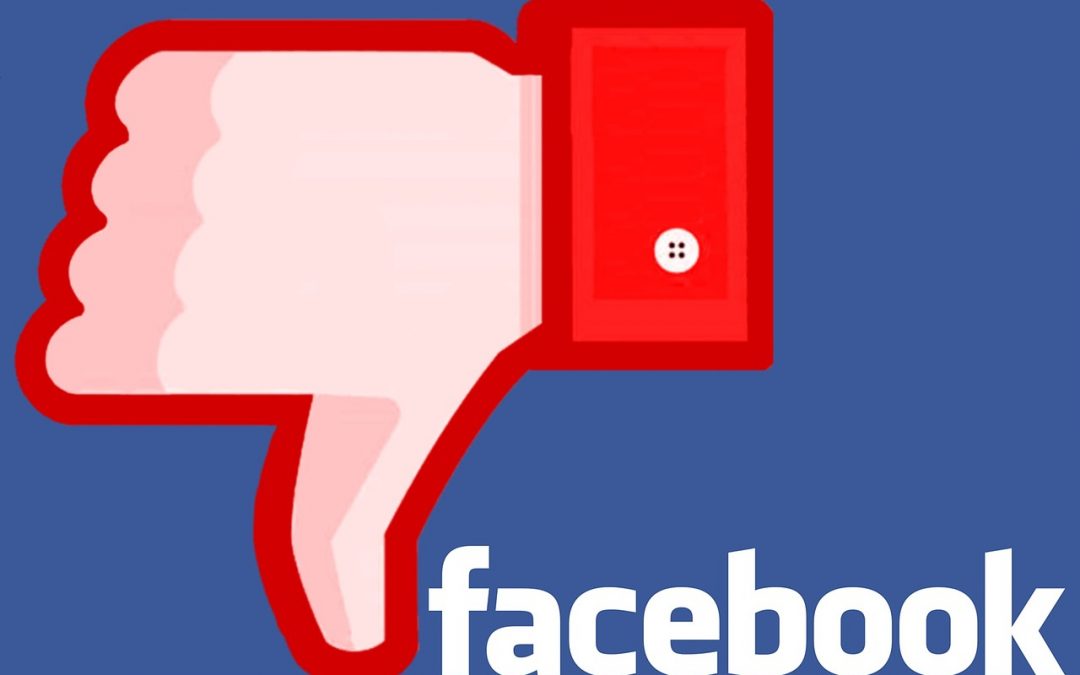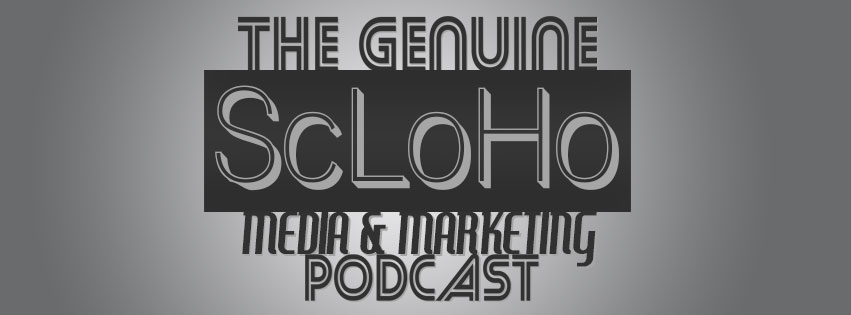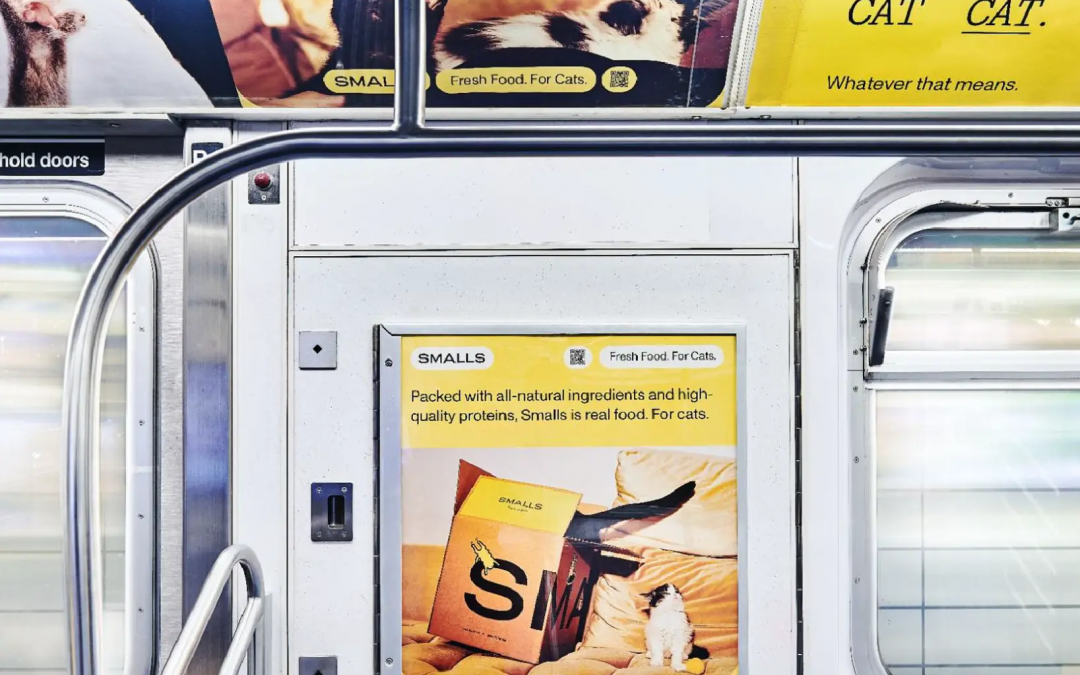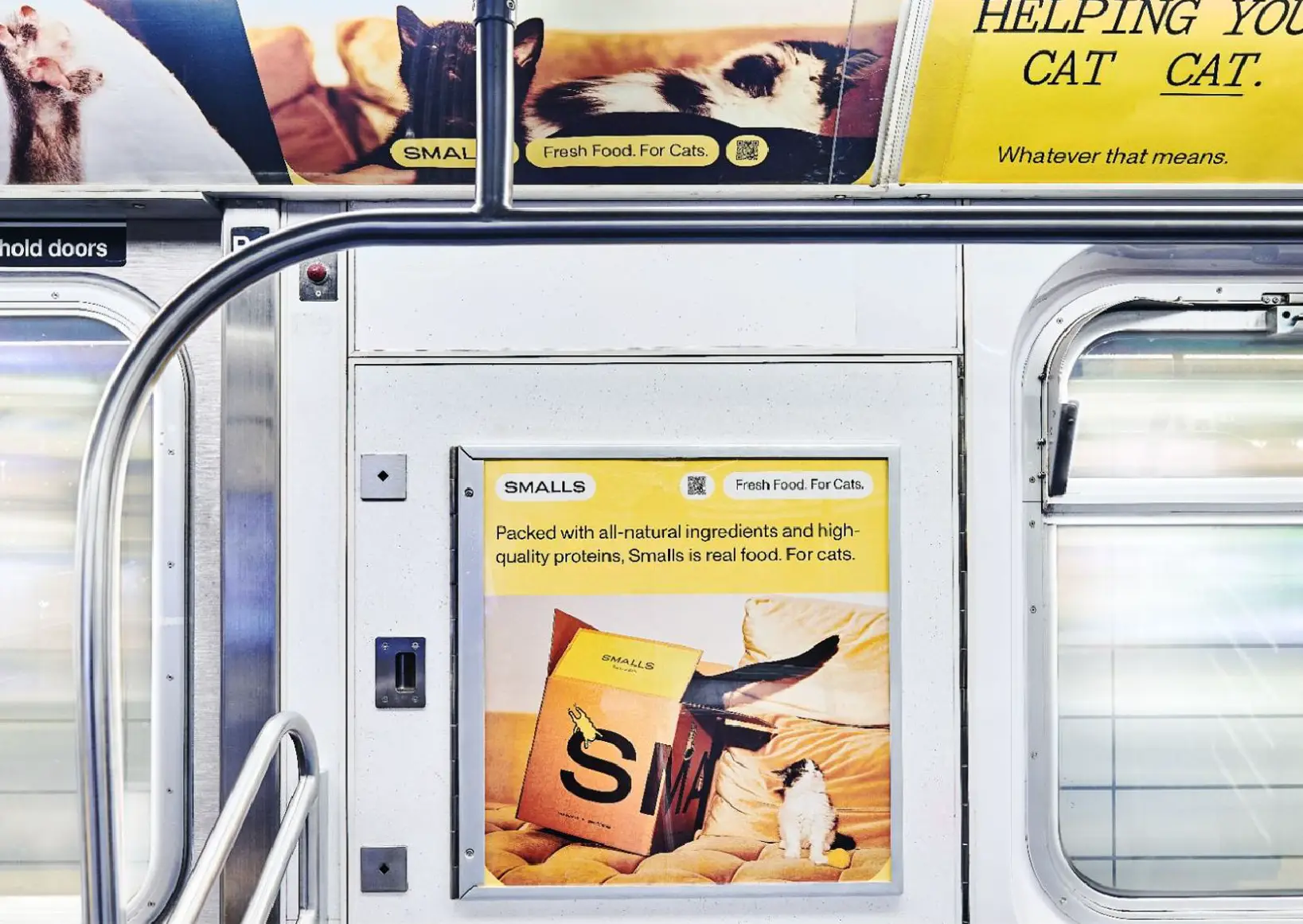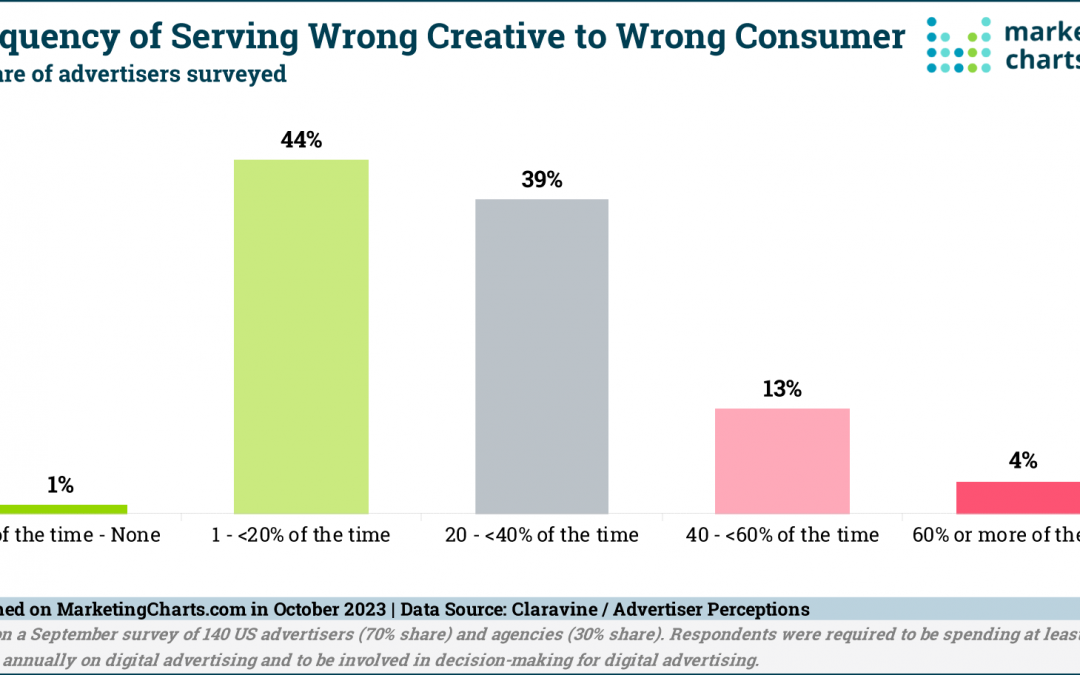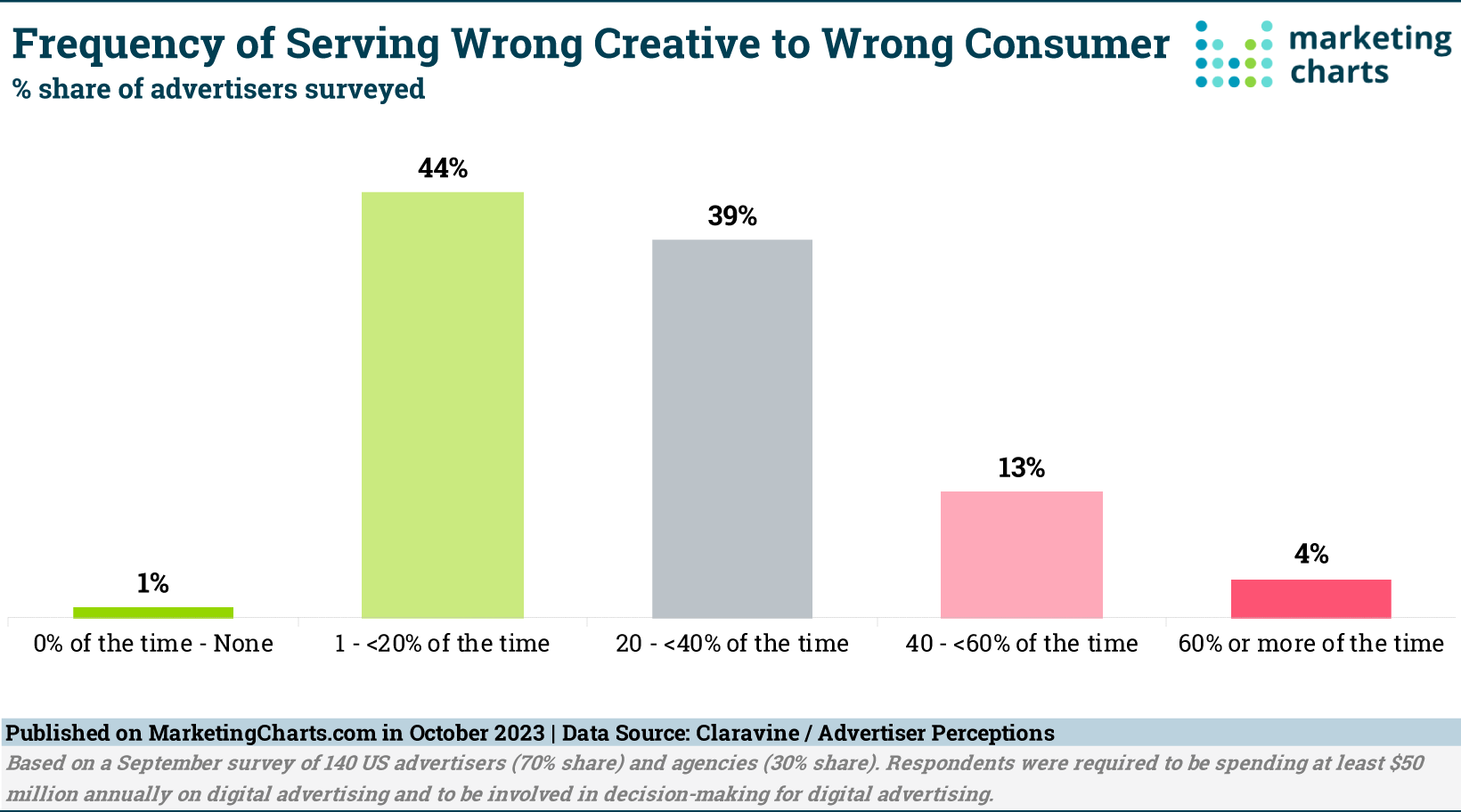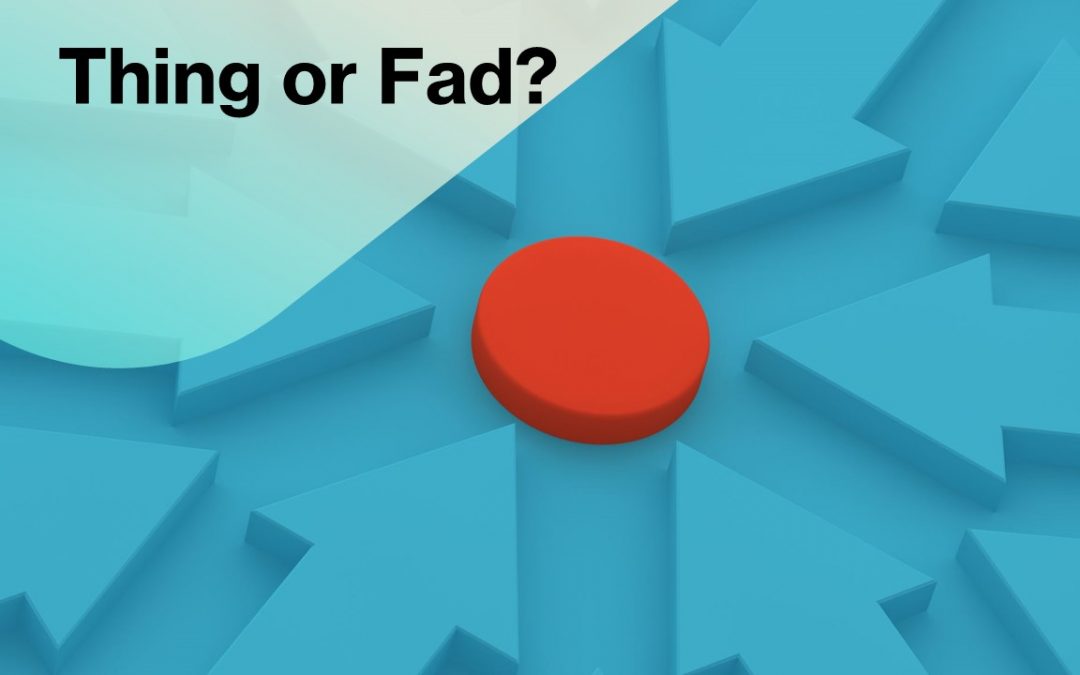Last week, when I was recording the podcast version of my weekly update I mentioned briefly what a ScLoHo is. Today, that is the focus of both this article and podcast episode.
If this is the very first time you’ve listened to the Scott Howard Genuine ScLoHo Media and Marketing Podcast, welcome aboard. If it’s the first time you’ve read an article I’ve published on this website, come on in.
Today I’m reintroducing myself, Scott Howard also known as ScLoHo.
I’ve been podcasting nearly every week since March 2017, so this is the beginning of my eighth year hosting a podcast.
I also checked my blogging history and I launched my first blog in 2004, 20 years ago.
The ScLoHo nickname began even before that as an email address because there are many Scott Howard’s out there and I needed something unique.
ScLoHo is a mash-up using the first two letters of my first name, Scott, first two letters of my middle name, Louis, and first two letters of my last name, Howard.
When you take those 6 letters and try and pronounce them, it becomes two syllables because there are only two vowels. Sclo (Sclow)- Ho (Hoe).
In 2004, I launched a couple of blogs, one was a personal blog, the other a media and marketing blog using Google’s old Blogger.com platform and eventually launched a few more blogs, all of them under the ScLoHo online persona. At one point, for a couple of years, I was posting over 30 times a week on all of these blogs and this was not my fulltime job. I was working for a group of radio stations from 2003 thru 2011 and blogging was just an unpaid side passion.
However, the ScLoHo name became pretty well known both locally and online. I have used ScLoHo as a Twitter or X handle, along with nearly all my other social media profiles. My personal email is @ScLoHo.net; I own the ScLoHo.com and .net domains and basically it use to be if you Googled ScLoHo, you’d find me.
Interestingly there were some people who knew me as ScLoHo and others who only knew me as Scott. In the summer of 2010, I was walking at the Tincaps baseball game, taking a lab around the stadium, when a group of friends from an advertising agency saw me and shouted my name. Except, some yelled ScLoHo, and the others shouted Scott.
In 2011, I left radio for 10 months and worked for a website development company where a friend of my challenged me to merge the two and launched the ScottHoward.me website. The dot me domain was not due to my ego, it’s because both the dot com and dot net domains were taken by other Scott Howard’s.
I imported over a thousand stories to this website from my blogs and eventually scaled down my updates from several a day to one a day to once a week. The only time I’ve done less than a weekly update was a few months in 2022 and 2023 when my duties at the radio stations as a sales manager overseeing 4 stations and 8 salespeople needed my attention more than this. At the time, I also figured after 300 podcasts and over 1500 articles, I pretty much had shared everything there was to know and media and marketing. I did monthly updates. My focus was to help my team grow and to take the spotlight off me and on them.
However at the end of last summer, things changed. I decided to step back from management and rehire myself as a member of the WOWO radio sales team. With that change, I decided to return to weekly updates and to get back out in the community again instead of behind the scenes like I had been doing for nearly 4 years as a manager.
What’s my backstory? Well first of all I never wanted to do sales.
In high school, my first venture into radio was on the air. After graduation, I was on the air at radio stations full time in Marion and Kokomo Indiana and then returned to my hometown of Fort Wayne and was on the air at WMEE. WMEE has always been owned by Federated Media and in the 1980’s WOWO was our competition, owned by another company. WOWO was the big dog, the radio station that had the highest ratings and most listeners for decades. However in the early 80’s I was part of the WMEE air team that finally beat WOWO and became the most listened to radio station according to the ratings.
Next stop was back to Kokomo and Indianapolis before taking my growing family to Detroit. Up until I moved to Michigan at the ripe old age of 26 with 10 years of on-air experience, I had only voiced radio commercials, but never wrote and produced advertising campaigns. The company I joined in Detroit was different and awakened a curiosity in me to figure out how to communicate and motivate people with a radio commercial to spend their money with a particular business. I learned how to create ad campaigns that were distinct and unique, and most importantly, created top of mind awareness of a business so that consumers would eventually need them, those businesses were already Top Of Mind.
While in Detroit at Crawford Broadcasting and station WMUZ, I grew our production department, did a stint as fill-in host and eventually hosted the morning show for awhile and also took my first advertising sales position.
In my mid-30’s, we moved my family back to Indiana, I returned to working on the radio at WFWI in Fort Wayne and then took a hiatus and worked outside of media. Finally in 2003, it was back to radio full-time for good, all most. Eight and a half successful years with a group of Ft. Wayne radio stations, followed by full time at a website development company, another radio station and as the Social Media Guru for a multimillion dollar eCommerce company and then back to Federated Media in 2013.
Nearly 30 years between my first time with Fed Med as a WMEE Disc Jockey to my current position on the WOWO Sales Team. I also spent close to 4 years as the General Sales Manager of WOWO and a year on an interim basis as sales manager of 3 other stations.
I’ve been a guest speaker with Huntington University a couple of times, Ivy Tech Fort Wayne, Indiana University-Purdue University Fort Wayne and this year will be making my second appearance speaking at Trine University.
I’ve worked with over a hundred companies and organizations and consulted around a thousand in both formal and casual settings to help them become better with their media, marketing, public relations and internal sales and marketing. Just in my 10+ years with WOWO have won a few achievement awards, called Feddies for Federated Media and even my own website won a best of contest by a competing media outlet. Awards are nice, but what really motivates me is to have the opportunity to help others and share the wisdom and knowledge I’ve picked up over the last few decades and I’m continuing to learn as a life-long student.
Teaching, Training, Motivating and Encouraging has been a lot of what I do. Helping people make wise spending decisions with their advertising and marketing is my bread and butter. Being a dad, husband and grandparent keeps me grounded as well as my Christian faith.
There’s a philosophy about marketing and advertising that I call using Human Relationship Principles that I’ll review in the near future, but for now, you now know a lot more about this Scott Howard aka ScLoHo then you did 10 minutes ago.
